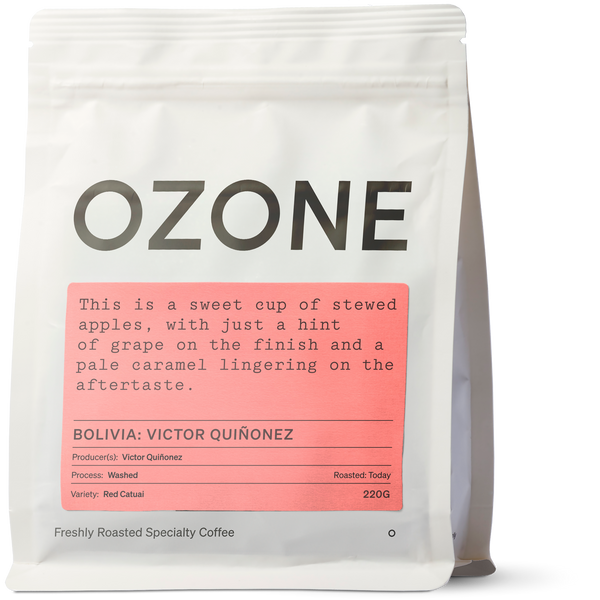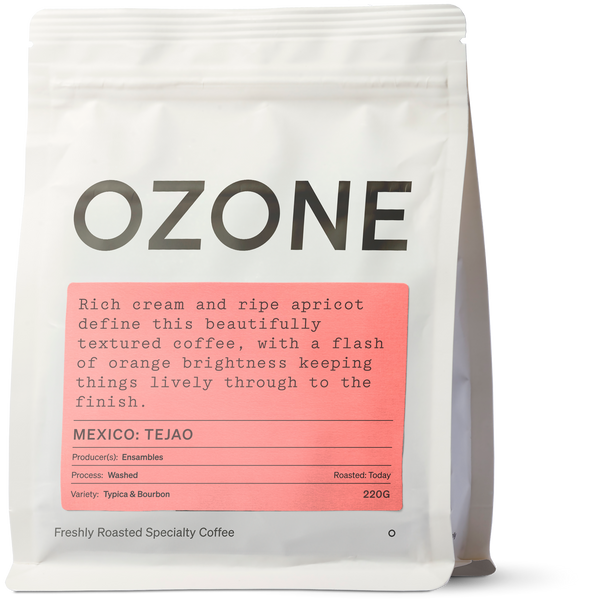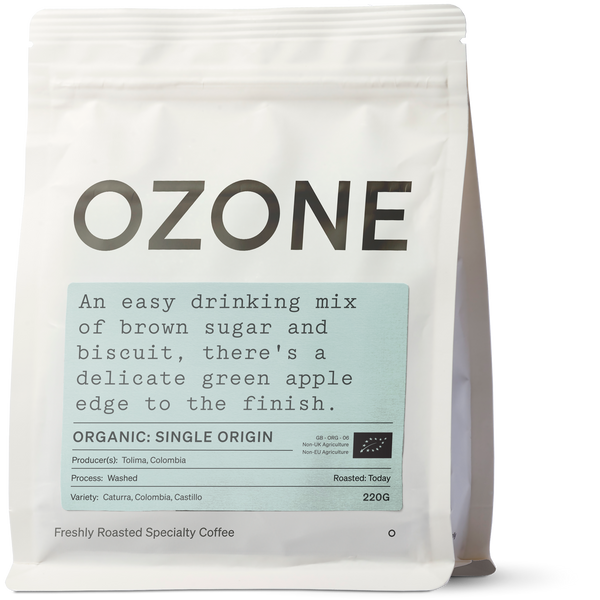Washed Coffee: A Guide to Clean, Bright Flavour
Washed coffee, also known as wet-processed coffee, is one of the most popular and widely used methods of processing coffee beans - and for good reason. This technique is all about clarity: it brings out the true character of the coffee bean, highlighting its origin, variety, and growing conditions. If you're looking for a cup that’s crisp, vibrant, and bursting with clean flavour, washed coffee is a great place to start.

But what exactly is washed coffee, and how does it differ from other processing methods like natural or honey-processed coffee? In this guide, we’ll walk you through the washed process step by step, explain what happens to the beans, and explore the unique flavour profile you can expect. Whether you're a coffee enthusiast or just curious about how your brew is made, this is your go-to introduction to washed coffee.
What Is Washed Coffee?
Washed coffee refers to beans that have had the outer layers of the fruit, the skin and mucilage, removed before drying. This is done to isolate the green coffee bean inside the cherry, allowing its natural qualities to shine through in the cup. Unlike natural or honey-processed coffees, which dry with some or all of the fruit still attached, washed coffees are all about precision and purity.
The Washed Process: Step by Step
- Harvesting & Sorting: Ripe cherries are handpicked and placed in water. Unripe or defective cherries float and are removed, ensuring only the best cherries move forward.
- Depulping: The cherries are fed into a depulping machine, which removes the skin and most of the fruit. The beans, still coated in sticky mucilage, are then moved via water channels.
- Fermentation: The beans are left in tanks for 8–50 hours, depending on local climate and altitude. This breaks down the mucilage naturally. In some regions, mechanical scrubbers are used to reduce water usage and environmental impact.
- Washing: After fermentation, the beans are thoroughly washed with clean water to remove any remaining mucilage.
- Drying: The clean beans are dried on raised beds, patios, or in mechanical dryers until they reach a moisture content of 10–12%. A mix of sun and mechanical drying is often used for consistency.

Typical Flavour Profiles of Washed Coffees
- Clean, bright, and crisp flavour.
- Highlights floral notes, citrusy acidity, and a lighter body.
- Less fruitiness compared to natural or honey-processed coffees.
- Ideal for showcasing single-origin characteristics.
Environmental Considerations
Traditional washed processing can use a lot of water, but modern innovations like the Becolsub and Ecomill systems have dramatically reduced water usage - by up to 99% in some cases. These methods not only conserve water but also help prevent contamination of local water sources.
Microbial Fermentation Dynamics
During fermentation, microbial species such as Lactobacillus, Leuconostoc, and Saccharomyces break down mucilage using enzymes like pectinase and cellulase. The balance of microbial activity, temperature, and time determines the efficiency and cleanliness of mucilage removal, directly influencing the final cup profile.

Temperature & Time Control
Fermentation duration varies with altitude and ambient temperature. Cooler climates require longer fermentation. Some producers monitor Brix levels or pH to determine optimal fermentation endpoints, ensuring consistency and avoiding over- or under-fermentation.
Water Quality & Flow Rate
Water used in processing affects microbial activity and mucilage breakdown. Advanced systems use filtered, recirculated water and sometimes anaerobic tanks to control oxygen exposure, which can subtly influence flavour development.
Moisture Content & Drying Curves
Drying is carefully managed to reach 10–12% moisture content. Producers track drying curves to avoid rapid dehydration, which can damage bean structure and affect roast performance. Raised beds allow slow, even drying; mechanical dryers offer precision but require careful monitoring.

Impact on Cup Profile
Washed coffees typically exhibit higher acidity, clarity, and terroir expression. The absence of fruit sugars during drying reduces fermentative notes, making washed coffees ideal for cupping and single-origin showcases.
Why It Matters
For roasters and coffee lovers alike, washed coffee offers a transparent window into the bean’s origin. It’s a favourite in the specialty coffee world for its consistency, clarity, and ability to express terroir without interference from the fruit.
Have a look at all the washed processed coffees we're currently roasting here.




